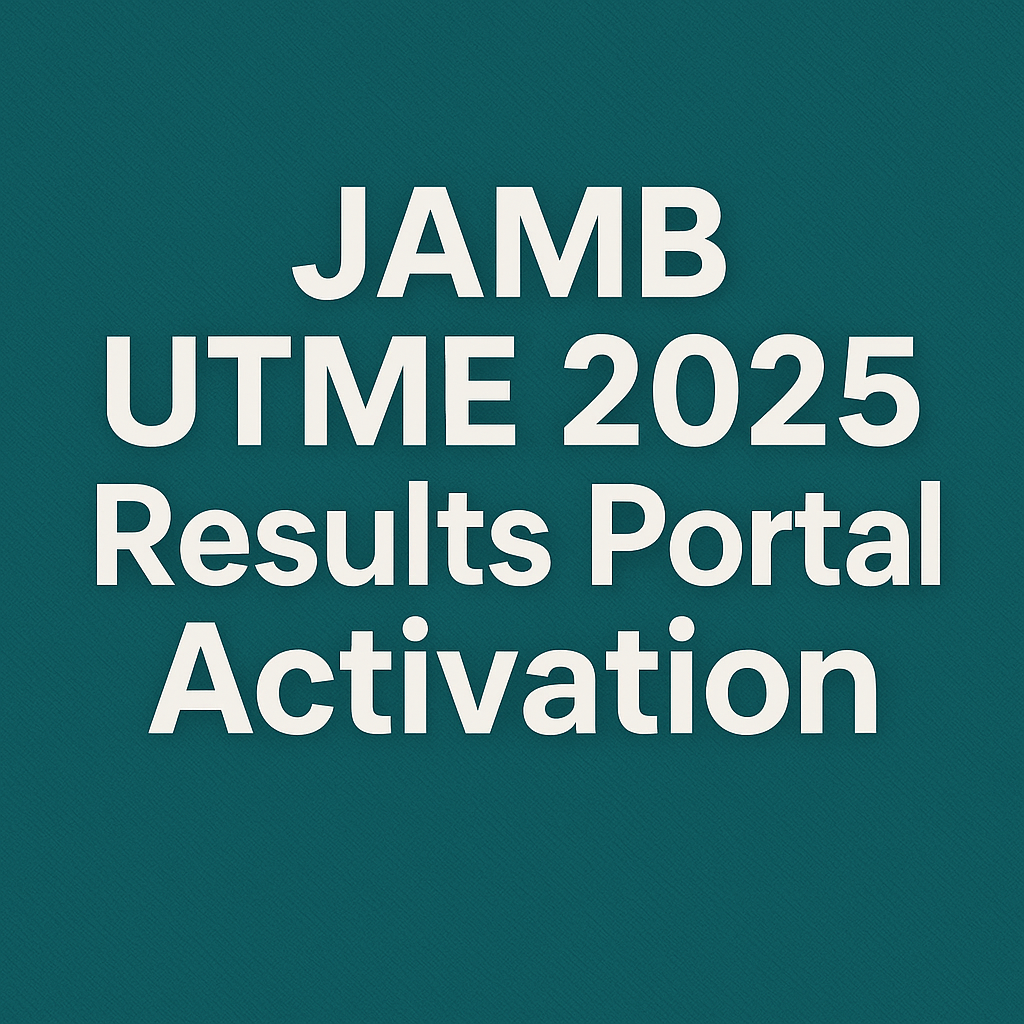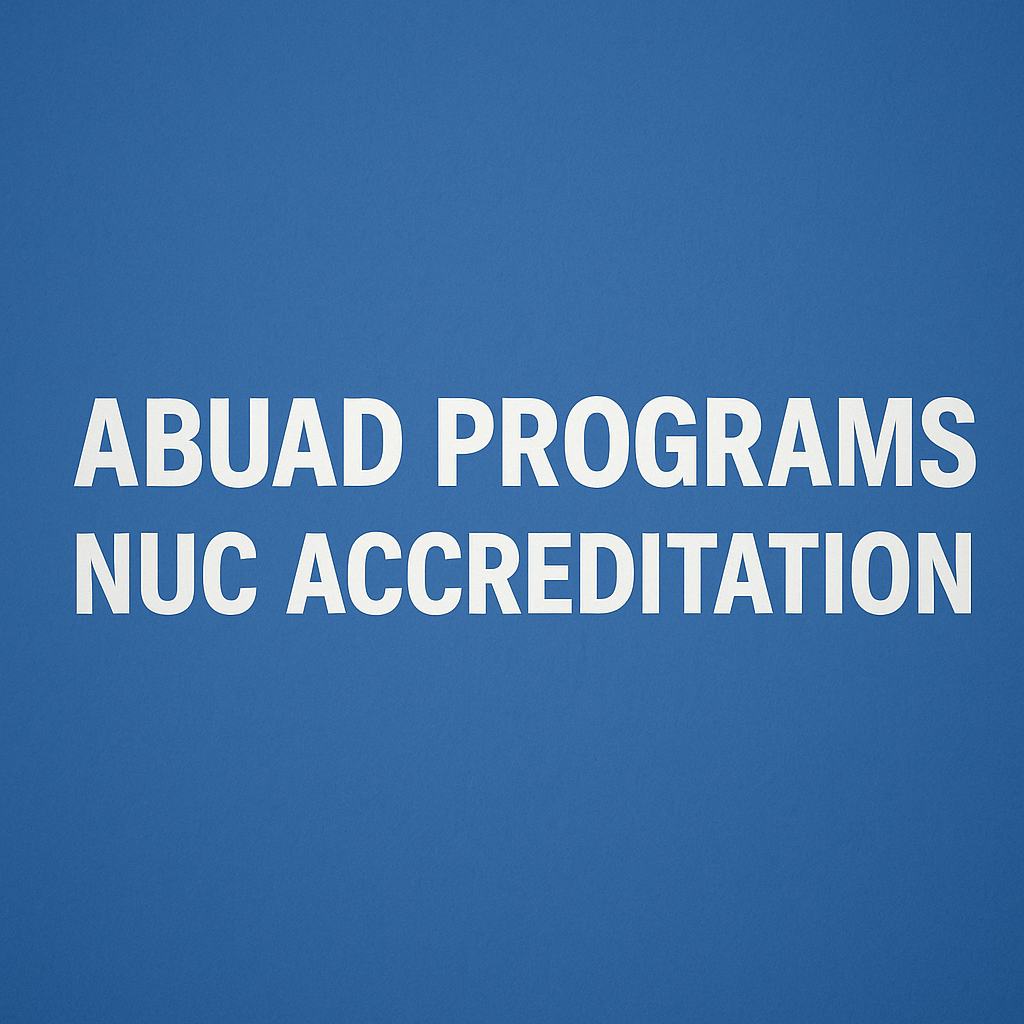Remember that feeling? That peculiar mix of dread and dizzying hope as you filled out the Joint Admissions and Matriculation Board (JAMB) form. For a lot of us, it was the first ‘big’ decision of our adult lives. You chose Medicine because your mother’s friend’s son is a doctor. You picked UNILAG because, well, it’s Lagos, and the idea of escaping your hometown seemed like the only real freedom.
But then, life happens.
The UTME score comes out. You spend a week shadowing your older cousin, the overworked doctor, and realise the sight of blood actually makes you queasy. Your dad, the accountant, gently reminds you that the tuition for that private university is roughly the cost of building a small house. The truth hits with the suddenness of a tropical downpour: you need to pivot.
This isn’t just about clicking a few buttons. It’s about recalibrating your future, admitting that the first draft of your dream wasn’t quite right. It takes courage to change course. It requires a calm, deliberate action. And thankfully, in the often-chaotic Nigerian admissions landscape, JAMB actually provides a clear path for this crucial JAMB Change of Course or Institution. Let’s walk through it, not just as a mechanical process, but as an act of reclaiming your agency.
Also Read: JAMB 2025 Exam Date, Slip Reprinting & Full Guidelines
Why The Change of Heart Is Perfectly Normal
I’ve met countless students whose initial JAMB choices were less a declaration of passion and more a product of external pressure. The Nigerian family unit, with all its beautiful complexities, sometimes makes our educational choices a community project. You pick what is ‘safe,’ ‘prestigious,’ or what ‘Uncle Tunde says has prospects.’
But as you mature, sometimes in the short space between the UTME and the Post-UTME screening, your inner voice gets louder.
- Maybe your score is higher than expected, and now a federal university is within reach.
- Perhaps it’s a painful realisation that the competition for Medicine is simply too fierce, and a switch to Nursing or Medical Laboratory Science offers a better, faster shot at admission.
- It could be a financial decision—shifting from a private to a state university to ease the family’s burden.
This emotional and logistical flexibility is what the JAMB Change of Course or Institution window is for. It’s an acknowledgement that the path to success isn’t always a straight line, and you should not be punished for growing or adapting.
The Two Pillars of Change: Course and Institution
You need to know exactly what you’re changing, as the procedures are intertwined but distinct. The change process is carried out via a single form on the JAMB portal called the ‘Correction of Data’.
1. Changing Your Chosen Institution
This is often the most common pivot. You want to keep studying Law, but you want to move from the University of Ibadan (UI) to the University of Nigeria, Nsukka (UNN).
Key things to consider:
- Catchment Area: A massive factor in Nigerian universities. Are you moving to an institution where you fall within their preferential admission catchment area? This significantly boosts your chances.
- Availability: Does the new institution have space for your course? Just because you got a good score doesn’t mean they’ll magically create a seat.
- Cut-off Mark: Does your UTME score meet the minimum eligibility cut-off mark (or a close approximation) for the specific course in the new university? Always check the previous year’s cut-offs as a guide.
H3: 2. Changing Your Chosen Course of Study
This is a deeper change, one that shifts your entire career trajectory. You’re dropping Mass Communication for Economics, or Mechanical Engineering for Computer Science.
Key things to consider:
- O’Level Requirements: This is a non-negotiable step. Does your WAEC/NECO/NABTEB result meet the specific O’level subject combination for the new course? For instance, you can’t switch to Engineering if you don’t have a Credit in Physics.
- UTME Subject Combination: Your initial UTME subject choice must align with the requirements of the new course. While some universities are lenient, JAMB’s system strictly enforces this. You cannot use English, Literature, CRS, and Government to apply for Pharmacy.
Also Read: JAMB CAPS Frequently Asked Questions & their Accurate Answers [UPDATED]
The Step-by-Step Guide to the JAMB 2025 Correction Process
Forget the old days of queuing at JAMB offices under the hot sun. The entire process is now executed digitally, either through an accredited CBT centre or the official JAMB portal.
1. Confirm the Window is Open (Timing is Everything)
JAMB usually opens the Change of Course/Institution window shortly after the UTME results are released and usually keeps it open for several months. Do not delay. The closer it gets to admission screenings, the higher the pressure and the more limited the space.
2. Visit an Accredited JAMB CBT Centre or Use Your Profile
While you can initiate the process on the JAMB portal, it is safer and often required to complete the payment and biometrics at an accredited CBT Centre. This minimises errors and internet issues.
3. Log into Your JAMB Profile
You’ll log in using your email and password. Look for the “Correction of Data” option on the sidebar.
4. Select the Appropriate Service
Within the Correction of Data, select “Change of Course/Institution”.
5. Generate the Payment Slip
The fee for the correction is relatively modest (it was about N2,500 the last time I checked, but always confirm the current rate). You will generate a Remita Retrieval Reference (RRR) code and pay online or at a bank.
6. Fill the New Details Carefully
This is the moment of truth.
- You can change your First Choice Institution/Course.
- You can change your Second Choice Institution/Course.
- You can change up to two choices simultaneously.
Double-check the spelling of the institution, the full name of the course (e.g., ‘Industrial Chemistry’ vs. ‘Pure and Applied Chemistry’), and ensure they align with your UTME and O’level subject combinations.
7. Biometric Verification and Submission
At the CBT centre, your fingerprints will be captured to verify your identity. Once verified, the changes are processed and submitted to the JAMB database. You will receive a printout of the transaction, which is your proof of the change. Guard this document with your life.
After the Submission: What Happens Next?
This is where the Nigerian admission process demands patience and a little faith.
- CAPS Update: The most critical step. The change will be reflected in your JAMB Central Admission Processing System (CAPS) profile. This system is what your new institution will use to see your application. Check your CAPS regularly.
- New School’s Portal: You must now monitor the website of your new institution for their Post-UTME/screening registration. The admission process is decentralized—JAMB gets you in the gate, but the school sets the final test. Your old institution is no longer relevant.
- Provisional Admission: Once your new school submits their list of admitted students, and if you meet their cut-off, your CAPS will show ‘Recommended’ for admission. You must Accept or Reject this provisional admission on CAPS.
A Reflective Conclusion: Own Your Pivot
The pressure to succeed in Nigeria is immense. The university degree is often positioned as the only valid ticket out of hardship. But true success isn’t about the name of the university on your certificate; it’s about the conviction with which you pursue your chosen path.
If your heart is no longer in that ‘prestigious’ course, if the cost is simply unsustainable, or if a different school genuinely offers a better fit for your future, then this JAMB Change of Course is your golden ticket. It’s a second chance. Don’t see it as failure, but as smart, proactive planning.
Take a deep breath. Be meticulous with the details. And remember, the person who ultimately gets to live the life resulting from this decision is you. Make sure it’s a life you’re excited to wake up to. Go make that pivot. The future is waiting.


